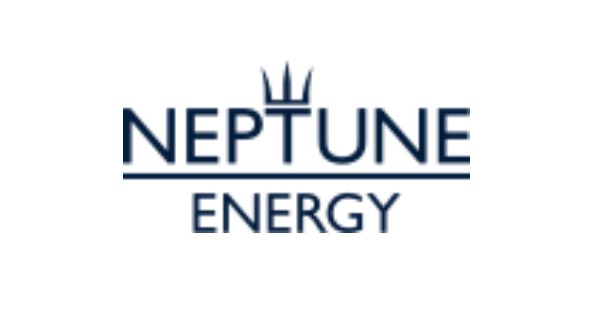Neptune Energy announced its financial results for the first half of 2022.
Good operational performance, with higher H1 2022 production
• Continued focus on health and safety improvements through hazard awareness across our operations. Group carbon intensity in H1 2022 lower at 6.1 kg CO2/boe.
• H1 2022 production of 132.3 kboepd, substantially higher than H1 2021, due to project start-ups and good operational performance. Q2 2022 production ahead of quarterly guidance.
• Safe re-start of Snøhvit (Norway) in early June, increasing net production by around 16 kboepd. Restart plans are being finalised to enable exports to recommence from Touat (Algeria) shortly.
Focused investment supporting near-term production growth
• H1 2022 adjusted development capex of $263.6 million, supporting energy security with 47 kboepd of net production coming onstream in Europe by 2023.
• Maturing longer-term, lower carbon development options at L10 CCS and H2opZee in the Netherlands, and continuing to pursue lower carbon opportunities in the UK and Norway, with reservoir suitability review underway for CCS.
• Impact of UK Energy Profits Levy increases uncertainty. Future investments to favour projects in countries with supportive and stable fiscal and regulatory regimes.
Strong H1 2022 financial performance, despite higher tax charge
• H1 2022 post-tax operating cash flow of $1,161.2 million, EBITDAX of $1,716.5 million and underlying operating profit of $1,376.3 million, well above H1 2021 results.
• Net debt to EBITDAX of 0.43 times at end of period, after $650 million of debt repayment in the first half of the year. Total available liquidity of $1.7 billion. Credit rating upgrade from Moody’s, Gold Medal awarded for ESG performance by EcoVadis.
• Full year guidance for post-tax operating cash flow of more than $2.0 billion and cash taxes of ~$1.3 billion.
FINANCIAL SUMMARY
| Neptune Energy |
Second quarter 2022 |
Second quarter 2021 |
First half 2022 |
First half 2021 |
| Revenue ($m) |
910.0 |
506.4 |
2,059.3 |
874.2 |
| Operating profit before financial items ($m) |
610.4 |
230.8 |
1,405.9 |
402.1 |
| Profit before tax ($m) |
686.4 |
162.6 |
1,439.8 |
360.0 |
| Taxation charge ($m) |
(418.3) |
(140.2) |
(678.1) |
(259.7) |
| Net profit after tax ($m) |
268.1 |
22.4 |
761.7 |
100.3 |
| Net cash flows from operating activities ($m) |
|
|
1,161.2 |
530.4 |
| Non-GAAP measures |
|
|
|
|
| Total daily production (kboepd) (note a, b) |
131.0 |
112.8 |
132.3 |
119.6 |
| Total daily production (kboepd) including production-equivalent insurance income (note a, b, c) |
133.6 |
133.7 |
133.6 |
136.7 |
| Operating costs ($/boe) (note b, d) |
12.7 |
11.5 |
12.1 |
10.7 |
| EBITDAX ($m) (RBL basis) (note e) |
760.5 |
346.4 |
1,716.5 |
669.6 |
| Underlying operating profit ($m) (note f) |
580.8 |
147.3 |
1,376.3 |
319.2 |
| Adjusted development cash capital expenditure ($m) (note g) |
|
|
263.6 |
336.0 |
| Free cash flow ($m) (note h) |
|
|
818.9 |
61.3 |
| Net debt ($m) (book value) (RBL basis) (note i) |
|
|
1,358.3 |
2,044.4 |
| Net debt/EBITDAX (RBL basis) (note i, j) |
|
|
0.43x |
1.95x |
Neptune Energy’s Executive Chairman, Sam Laidlaw, said: “As countries around the world prioritise energy security, energy policy must support a stable and predictable investment climate to encourage new investment in additional sources of supply.
“Neptune continues to deliver its strategy of increasing production of lower carbon energy, while progressing plans to go beyond net zero through electrification and carbon capture and storage.”
Neptune Energy’s Chief Executive Officer, Pete Jones, said: “Neptune delivered a good operational and financial performance in the first half of 2022, underpinned by higher production, prevailing commodity prices and tight cost control.
“Near-term production growth will be supported by the successful restart of Snøhvit, with a further 47 kboepd of new production to be added by 2023 through our new projects. We continue to mature new opportunities across our global portfolio, providing further growth potential.”









































